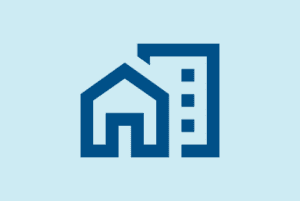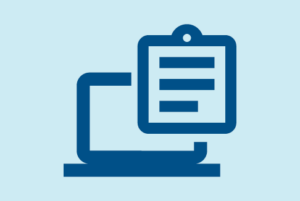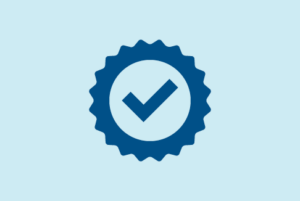Special resource toolkit developed by CHA’s EMS/Trauma Committee and the Center for Behavioral Health. Designed to help staff provide support to patients in the ED with psychosis and/or substance abuse disorders, this toolkit provides access to articles, policies, management techniques, assessment tools and more. Click the topic tabs below to access resources and information.
This content is restricted to members.



